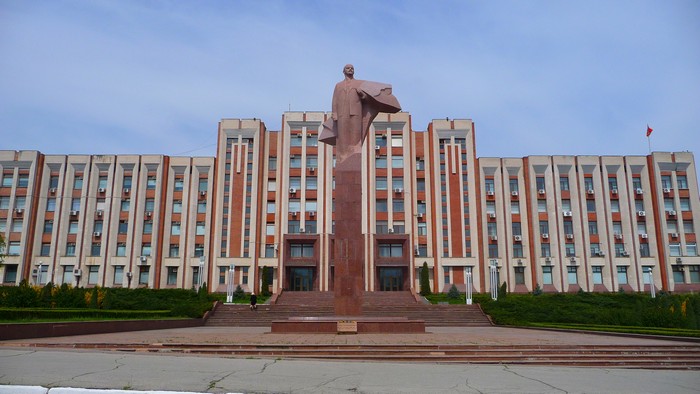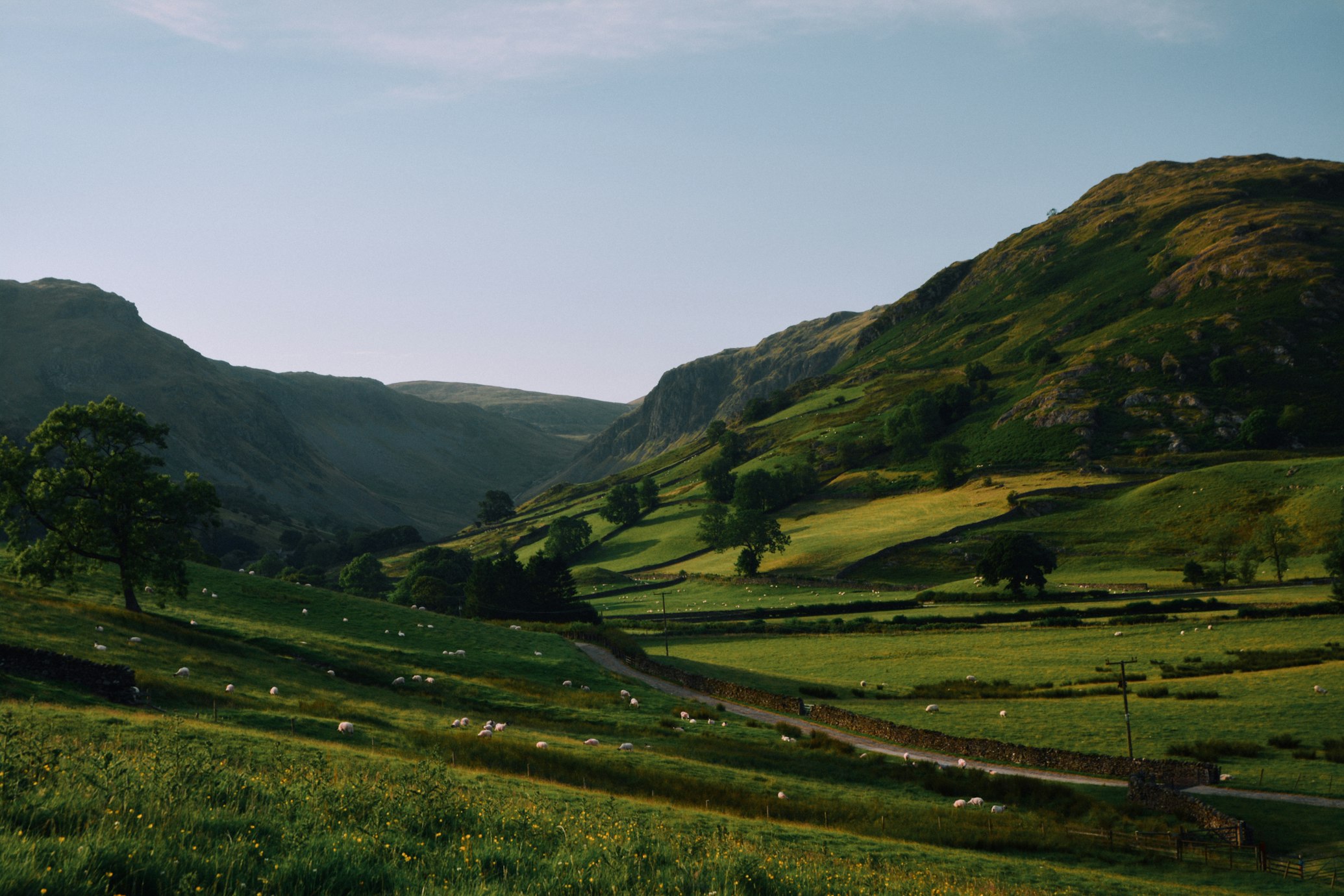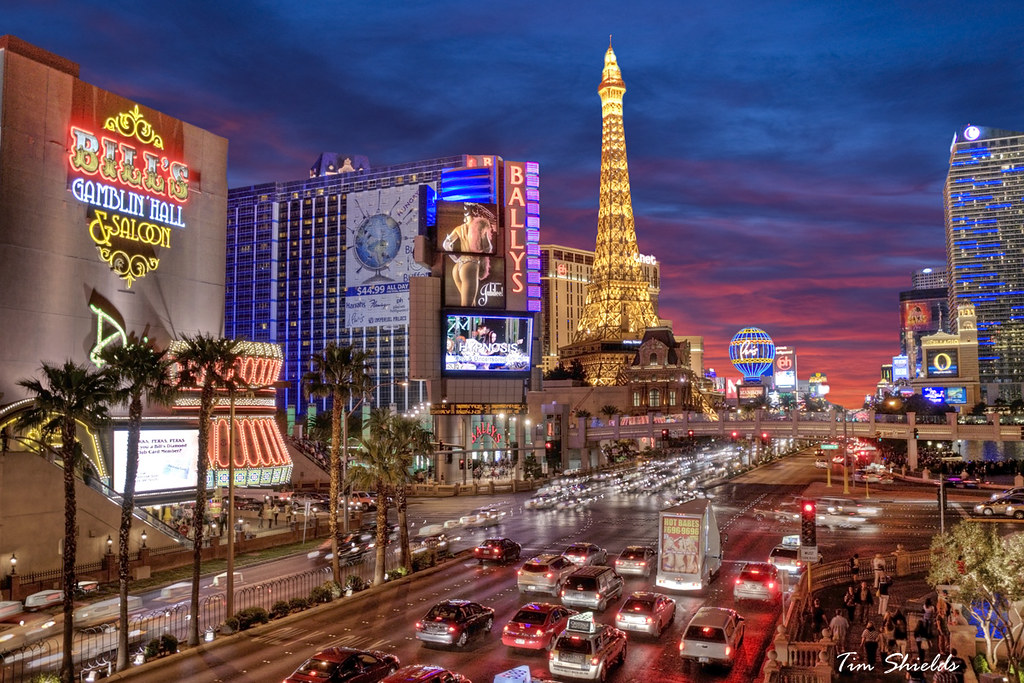What divides Romania and Moldova
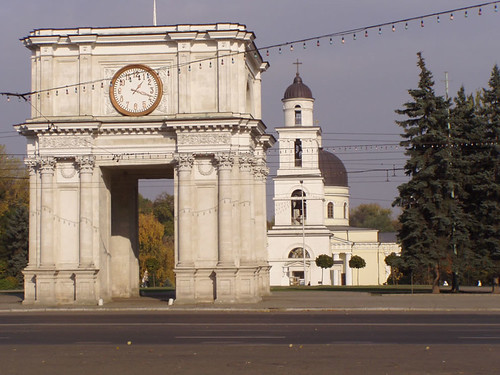 My bus crossed the Prut River, which divides Romania and Moldova. It’s basically the only thing that divides Romania and Moldova. Linguistically, they’re identical. In 2002, the Moldovan Minister of Justice said that Romanian and Moldovan are the same language. Moldova’s Education Minister and President agreed. Nevertheless, in 2003, a Moldovan-Romanian Dictionary was published, which is about as useful as having a New York-Texas Dictionary—a complete waste of paper.
My bus crossed the Prut River, which divides Romania and Moldova. It’s basically the only thing that divides Romania and Moldova. Linguistically, they’re identical. In 2002, the Moldovan Minister of Justice said that Romanian and Moldovan are the same language. Moldova’s Education Minister and President agreed. Nevertheless, in 2003, a Moldovan-Romanian Dictionary was published, which is about as useful as having a New York-Texas Dictionary—a complete waste of paper.
Moldova is torn: among its population, three times more people claim to speak Moldovan than to speak Romanian. Since the only real difference between these languages is their name, this poll implies that Moldovans believe that there’s more than just the Prut River that separates them from Romanians.
A 2009 survey indicated that 47 percent of Moldovans believe that the Romanian and Moldovan identities are “different” or “entirely different,” while only 26 percent felt they were “the same” or “very similar.”
The Soviets encouraged the belief that Moldovans are different than Romanians by making Moldovans use the Cyrillic alphabet. This took Moldovans back over 200 years, when they (and the Romanians) used the Cyrillic alphabet. However, after gaining their independence from the USSR 20 years ago, Moldovans reverted to the Latin alphabet, thereby making their language indistinguishable from Romanian. Nevertheless, the notion that they are different remained. That partly explains why most Moldovans do not want to reunite with Romania.
Ethnically, 70 percent are Moldovan/Romanian and 20 percent are Russian/Ukrainian. Most Slavs live on Moldova’s eastern edge, where they make up the majority. Lastly, four percent of Moldovans are ethnic Gagauz, who are Christians that speak a Turkish dialect. The reason this tiny country is so divided is that the region has traded among various rulers more times than a stock on the New York Stock Exchange.
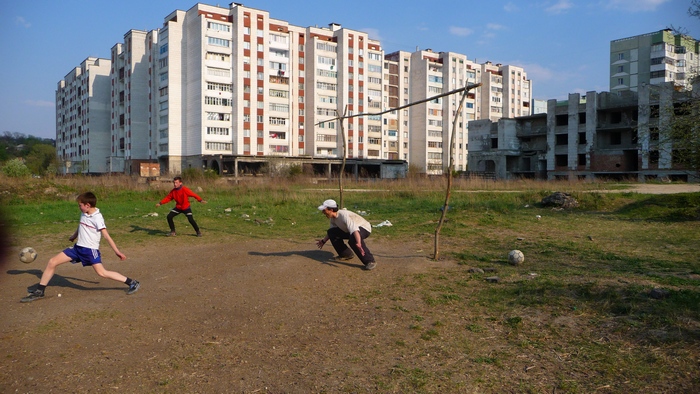
Europe’s poorest country
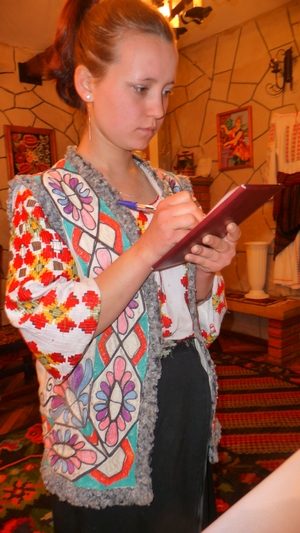 Our bus arrived in Moldova’s capital, Chişinău (pronounced KEE-shee-now). The city has 664,325 people and has a flat, grid layout. People were mostly speaking in Romanian, but Russian signs and communication were common too. Aside from a few communist-styled buildings, there’s little touristy stuff to see. Perhaps Chişinău’s most remarkable attribute is that it seems like a normal Eastern European city. You might expect less when you’re in Europe’s poorest country.
Our bus arrived in Moldova’s capital, Chişinău (pronounced KEE-shee-now). The city has 664,325 people and has a flat, grid layout. People were mostly speaking in Romanian, but Russian signs and communication were common too. Aside from a few communist-styled buildings, there’s little touristy stuff to see. Perhaps Chişinău’s most remarkable attribute is that it seems like a normal Eastern European city. You might expect less when you’re in Europe’s poorest country.
Indeed, Moldova’s 2010 per capita GDP was just $2,500, thereby placing it at Europe’s economic bottom; the CIA ranked it equal to Nigeria. Among the 4.3 million Moldovans, over a quarter live in poverty.
For those who prefer other ways of measuring wealth, consider the UN’s 2010 Human Development Index. Moldova was easily the worst country in Europe, and was right below Botswana.
Moldovans are struggling: according to Gallup’s 2010 poll, Moldovans were once again the least well-rested people in Europe, and fourth from the world’s bottom. Nevertheless, it’s surprising that no matter how poor an economy is, there are always crowds buying stuff on the streets, yapping on cell phones, dyeing their gel-filled hair, frequenting cafés, and wasting money on cigarettes.
Another paradox is that the poorer the country, the more the budget traveler spends on lodging. Relatively expensive Eastern European countries like Slovenia and Czechia have a developed hostel network where it’s easy to spend less than $20 per night. Meanwhile, the poorest countries, like Kosovo and Moldova, have few hostel options, which force you to pay hotel prices that are at least twice as expensive as a hostel. In controlled economies (like Belarus), tourists really get nailed. Moldovans seem to miss their controlled economy, because in 2010 the communist party won 40 percent the vote, thereby getting the most seats in parliament.
It’s remarkable that Moldovans voted communists back into power given their Soviet experience. First, the USSR conspired with the Nazis to take Moldova away from Romania. They imposed the Cyrillic alphabet. Stalin deported tens of thousands and caused over 216,000 to starve to death. Leonid Brezhnev, leader of the Moldovan Communist Party (and future leader of the USSR), also deported tens of thousands. The Soviets relocated thousands of Slavs to replace the vanished Moldovans. Despite this atrocious track record, many Moldovans thought the 1990s were worse.
In 1992, Moldova had a mini-Bosnian War. After Moldova became independent in late 1991, two of its minorities (the Slavs and Gagauzes) wanted their own independence. It’s similar to how ethnic Croatians and ethnic Serbs wanted to carve out pieces of Bosnia after Bosnia declared its independence.
The difference is that Moldova’s civil war lasted only five months and a few hundred lives—far less destructive than the Bosnian War. The aftermath was also different. The Gagauz compromised and got autonomy, while the Slavs got a quasi-state called Transnistria, which is one of the most bizarre places I visited in Eastern Europe.
This is an excerpt of The Hidden Europe: What Eastern Europeans Can Teach Us. You might want to read about when I first visited Moldova in 2004.
Lenin overlooks Transnistria's capital, Tiraspol.
Recommended reading
Read up about Moldova in Wikipedia and Moldova in the CIA Factbook.
Travel deals to Moldova
Check my favorite travel sites:
